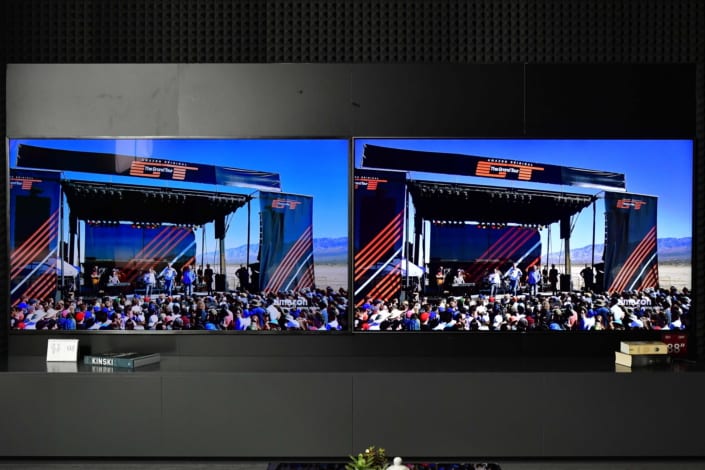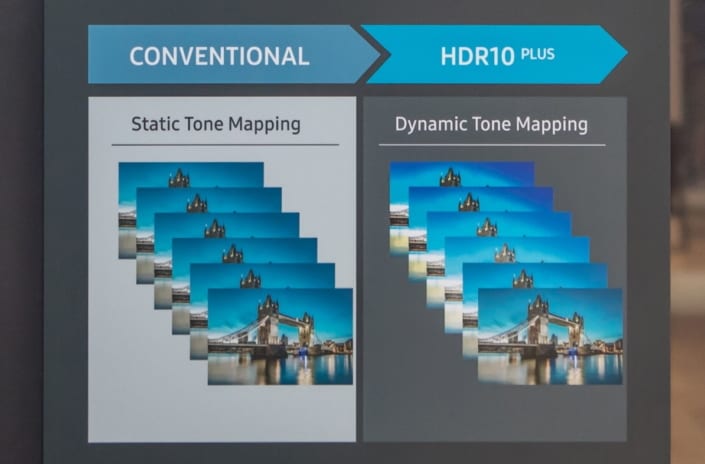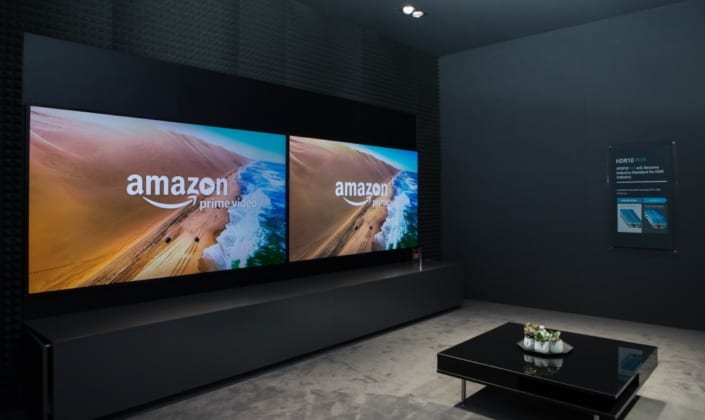Today’s Ultra HD (UHDs) TVs are designed to provide cutting edge technologies aimed at delivering lifelike visuals which tend to pop out of the display. Samsung recently announced the HDR10+ standard which it is working on in collaboration with other companies. The technology was on display at Samsung Electronics’ IFA 2017 booth, demonstrating how HDR10+, the latest advancement in high dynamic range (HDR) technology, is setting a new standard for picture quality.
The beauty of HDR10+ isn’t just in its ability to promote vibrant and vivid visuals that bring us closer than ever to true-to-life images, but also because it is royalty free. Samsung recently announced it is partnering with Panasonic and 20th Century Fox to expand the HDR10+ platform’s ecosystem of compatible technologies, in a bid to expand the use of the new standard. If you are wondering how HDR10+ establishes this new standard, and what the technology’s advancement means for content creators, device manufacturers, and the future of home entertainment, here is a closer look at how Samsung optimized the platform to offer consumers a more advanced viewing experience.
HDR10+: The Next Step in HDR Technologies

Before now, it looked as if we have reached the pinnacle of picture quality with high dynamic range (HDR). HDR provided greater depth, brightness and color accuracy such as whiter whites, blacker blacks, and a wider color gamut than what standard dynamic range (SDR) displays could offer. Innovations such as Samsung’s Quantum dot technology further advanced picture quality by introducing more accurate color expression and higher brightness levels.
That level of quality got a tad higher with HDR 10 which is the second major advancement in HDR technologies. The HDR10 technology has been the standard throughout the industry and is widely used and certified by the UHD Alliance, an association of Hollywood movie studios, content distributors, tech companies and device manufacturers, which was created to strengthen and grow the UHD ecosystem.
HDR10+ is now the latest and most advanced of the HDR technologies. It builds upon the strengths of previous HDR platforms to further enhance the viewing experience. It channels content’s intrinsic dynamic range (the ratio of light and darkness) in a better way in order to produce truer images that appear brighter and more colorful. This, in turn, leads to a more detailed and realistic picture quality than with conventional HDR on a wider array of displays. In addition, HDR10+ employs dynamic tone mapping to maximize each scene individually. This is opposed to the static tone mapping which HDR10 employs, wherein color enhancement is uniform from scene to depicted scene. The results of this new system are visuals that feature optimal colors, contrast, and brightness and create a viewing experience that allows you to see a show or film precisely as its producers intended.

Raising the Bar for UHD with an Open HDR10+ Ecosystem
As stated previously, HDR10+ is an open-source, royalty-free platform, which anyone may utilize to create compatible devices and content and this underscores Samsung’s huge commitment to raising the bar for UHD video. The open and royalty-free incentive makes the technology a veritable option for movies studios, filmmakers as well as TV and device manufacturers. This will also hasten its adoption as the new standard with which to create innovative digital devices and dynamic content because they’ll only have to pay a nominal administrative fee.

Samsung isn’t setting the standard and going off to sleep. The tech giant has incorporated support for HDR10+ in its complete range of 2017 UHD TVs, including its new QLED TV line. Furthermore, Samsung is also actively working with some of the world’s leading producers of premium content to make HDR10+ the filmmaking standard. The company had announced back in April that it was partnering with Amazon Video to provide content through its widely popular Prime Video service.
Most Popular Tech Stories
Latest News
How to make your own Meta Quest 3 3D printed accessories on Creality's K1C 3D Printer
We have covered various aspects of 3D printing here at Readwrite over the last few months, looking mainly at how to use different 3D printers for different projects to create...





















